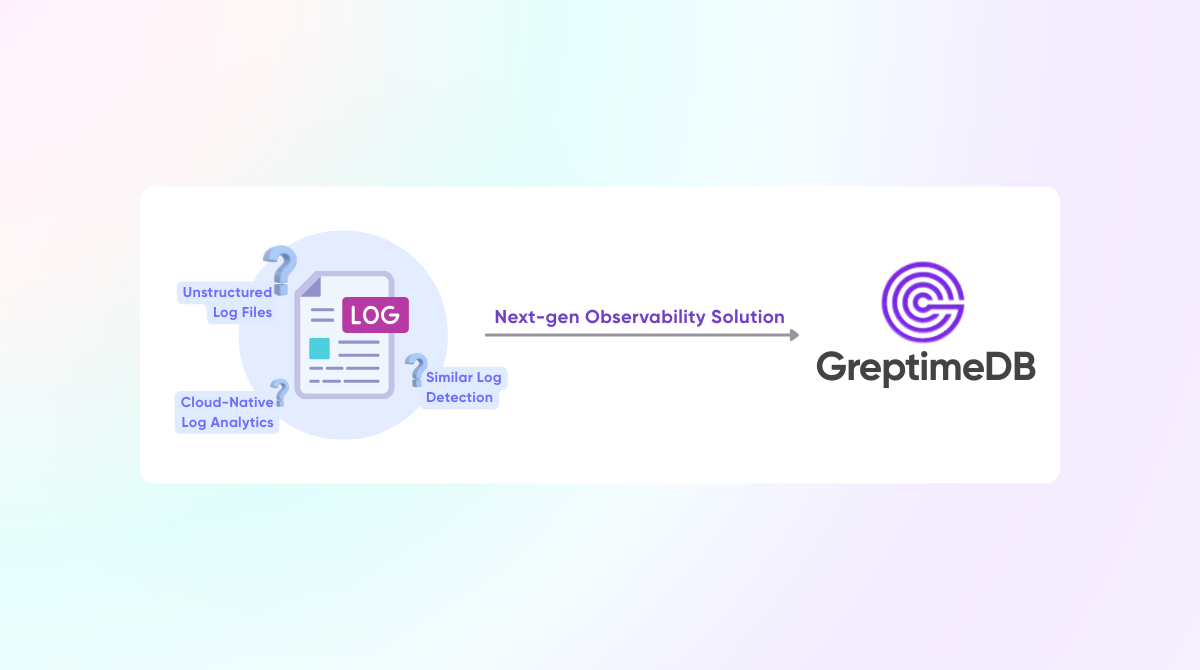
💬 Slack | 🐦 Twitter | 💼 LinkedIn
Anyone who’s ever tried searching through unstructured log files knows the pain: crazy string formats, tangled data, impossible slow queries. Modern observability rides on the ability to convert unstructured data at ingestion time—and that’s exactly where GreptimeDB’s log preprocessing pipeline excels.
Why Log Preprocessing Matters in Observability
Raw logs are messy—think complex NGINX access lines or ad-hoc IoT event payloads.
Humans (and time-series databases!) need columns: timestamp, status, path, user agent, and more.
With preprocessing, analysis that once took forever gets lightning fast.
GreptimeDB's Pipeline: What’s Under the Hood?
Flexible YAML configs—draws inspiration from Elasticsearch, but fully SQL + Rust native.
Field extraction by regex or delimiters: easily map from strings to structured columns.
Type conversion, date parsing, time stamp alignment—all handled on ingest.
Example: parsing NGINX logs into ip, time, status, path and more, then storing via GreptimeDB’s ultra-efficient storage.
Compression & Query Speed: Double Rewards
Structured columns mean GreptimeDB leverages columnar compression for big gains—smaller disk, faster analytics.
Apply full-text, inverted, or skipping indexes to parsed fields for point-and-click searchability.
Real-World Case: Less Hassle, More Insights
Customers found that simply enabling pipeline pre-processing cut storage by 30% and sped up troubleshooting queries by a factor of 5, especially for repetitive log formats.
Undocumented? Look for Upcoming Features
Soon: more out-of-the-box processors for tracing and event correlation.
Faster stream processing for logs with multi-source timestamps.
Conclusion: Don’t Let Raw Logs Drag You Down
Log preprocessing pipelines do the heavy lifting up front—get clean, analytic-ready data from day one. Ready to upgrade your observability workflows? Try GreptimeDB and let your logs work for you, not the other way around.
